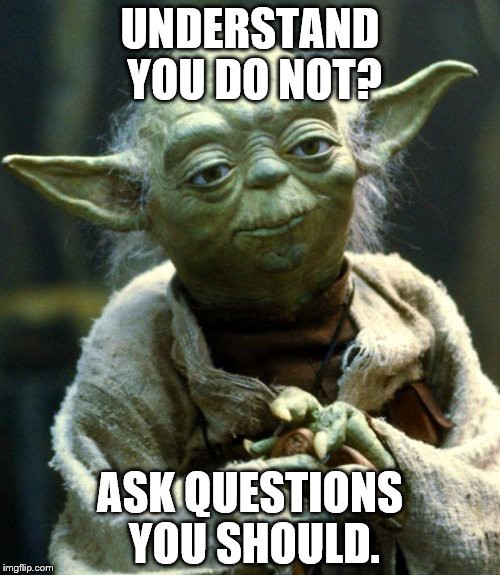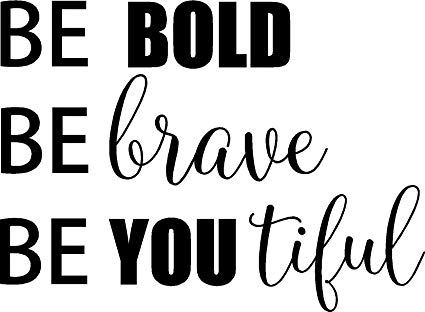Hello Lovely Authors,
Writing copy such as author bios, hooks, blurbs, synopses, and queries seem to be every author’s bane. Why is it that writing fiction seems easy but writing copy seems so difficult? Partly because we go into them trying to figure out how to squish our 60K + novel or 20 years experience into a couple hundred words. But that’s not really what we’re doing and that’s why many of us struggle. What you are doing with these little bits is selling your book. ARGH, the tricky marketing trap! Before you get all stressed out, go grab a cup of tea (or for those who need something stronger, I’ll allow it.) take several deep breaths, and go on a gentle journey with me of how to write a hook that will sell your book without being too salesy.
Ready?
It All Starts With a Hook
What’s this? You might hear it called an elevator pitch, an attention grabber, an intro, teaser, tag line, or several other terms, but at the end of the day it is a one-liner that grabs people’s attention and makes them want to learn more. Nothing more, and nothing less.
Now, the WORST hooks ever will compare your work to big popular titles. DO NOT do this.
Firstly, by doing this you are setting unrealistic expectations. Do you really think that your story is Jane Austen meets Zombies? Unless you wrote, Pride, Prejudice, and Zombies, I doubt this is accurate. And that inaccuracy, that tying into other’s expectations from big popular icons, can make them take a more critical eye to your work and turn their nose up from what is a decent story, but didn’t live up to their over-hyped expectations. Leave the overhyping to the publishers.
But you can use the same formulas to create your own hook.
The Mashup
The mashup is a beloved format of movie studios and book marketers. The formula goes like this: XXX meets YYY. But they use it to compare to other works. We want to avoid this. So how do we do it? Here are some great examples:
Good girl meets a bad zombie… or 10.- The Survivalist Bible by Heidi Angell
Between life and death lies an epic war, a relentless manhunt through two worlds…and an unforgettable love story. –AFTERLIFE by Marcus Sakey
Firstborns rule society. Secondborns are the property of the government. Thirdborns are not tolerated. Long live the Fates Republic.-Secondborn By Amy A Bartol
This style plays on the anachronistic relationship between two or three elements in your story. “But, Heidi, I don’t have that in my story?!”
That’s ok. Don’t panic. Take a sip, take a breath.
There are several different ways you can do your hook.
Ask a Question:

It is exactly as simple as it sounds. Ask a question that will draw the reader in. This is particularly popular in YA and mysteries.
Is there such thing as a Western Taoist? Benjamin Hoff says there is, and this Taoist’s favorite food is honey. – The Tao of Pooh by Benjamin Hoff
What would you do if you spotted a man following a young woman, but no-one else could see him?- The Secret of Spellshadow Manor by Bella Forres
Focus on what makes the story unique, not what makes it like someone else’s story. Make the question thought-provoking.
Make a Bold Statement
Using keywords to create a bold statement about your book is a power move that is very popular in fantasy and science fiction, or epic stories.

A broken city, a missing young man, and a lawyer searching for truth when nobody else cares.-Little Boy Lost by J. D. Trafford
Whatever that theme is that sets you apart from the millions of other stories being written in your genre, use that.
Need some inspiration? Go visit the best sellers in your genre on Amazon. Get the feel and the flavor of what’s working for your genre. Every single one of the examples I listed came from bestseller titles. Every single one was the first line in the synopsis.
Now, after you write your hook, (or a couple, for A/B testing) get some feedback. Go to author groups like Authors Anon on Facebook and ask what people think. After a bit of feedback and tweaking as needed, take it to your social media peeps and ask “Would you read this book?” or “What book do you think this is?” Now share your hook. Hint: if you hear crickets, head back to the drawing board. People don’t like to tell you when something is bad (except the trolls, but if these are your friends, they won’t).
If you get feedback like “This sounds like such and such famous book” and it fits with your story style, you know you’ve got a winner. If you get feedback like “OOH, sign me up!” you hit the lottery. Run with it!
Once you have your hook, you can write your synopsis and your query letter, and you are all set to submit to traditional publishers.
Stay tuned for those articles next.
Have any questions on how to write a hook? Let us know in the comments below.
Until next time,
Keep Writing!